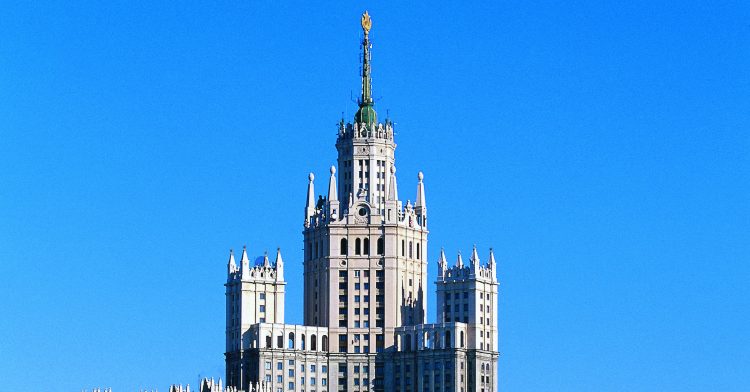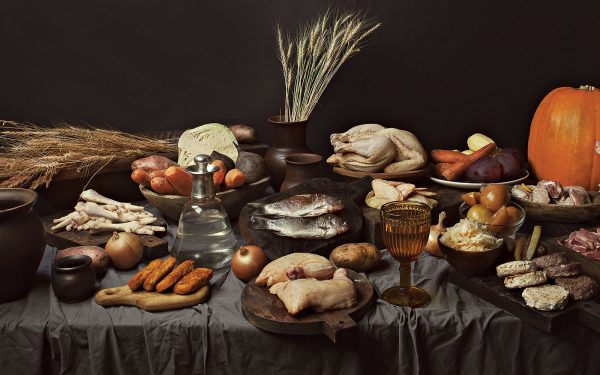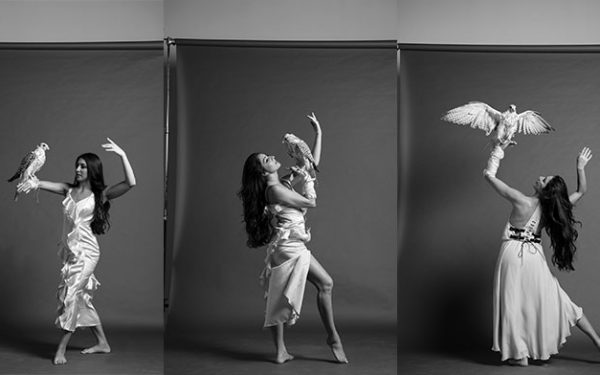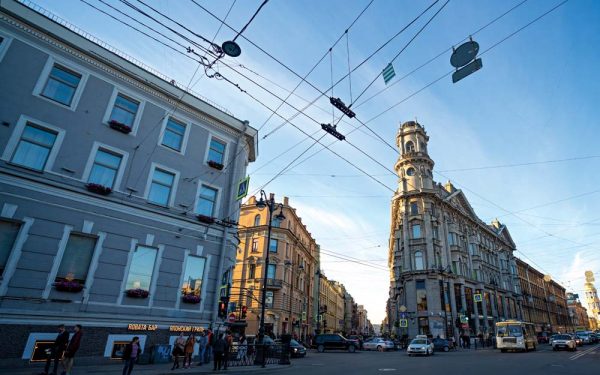No visitor to the capital can avoid the glare of these giant Gothic temples to the ambition of the former Soviet Union
Moscow has always required a certain robustness to survive. Often cold and occasionally unfriendly, a toughness is needed to navigate its streets.
However, recent years have seen a distinct thawing in the Russian capital. Moscow today feels rid of its moodiness, which makes it a great time to explore the history of one of the world’s most unique empires.
While the list of potential sites to visit here is long, there are seven buildings that ring-fence central Moscow and elicit excitement and fear, both for their imposing grandeur and for what they represented when they were first built.
The Seven Sisters is a group of Gothic skyscrapers commissioned by former Soviet leader Joseph Stalin to celebrate communist splendour. They loom above shopping precincts, bridges and apartment blocks. Many are still of vital importance to the city, each has become as emblematic a sight as any in Moscow, and their history is as fascinating as it is tragic.
Following Soviet victory in the Second World War, Stalin wanted people to visit Moscow as tourists. But the city’s low-slung skyline worried him. “What if they come to Moscow and don’t see any skyscrapers,” he allegedly complained. So government architects took cues from the towers that had sprung up in pre-war Manhattan.
ALSO READ: How Blade Runner made The Bradbury building famous
The first foundations of the Seven Sisters – Muscovites call them the Vysotniye Zdaniye, which means the Tall Buildings – were laid in 1947, 800 years after Moscow was founded. Taking six years to complete, they epitomise the ambition of the Soviet empire, and the people on whose backs it was built.
The skyscrapers performed a range of duties: two were hotels, two were government offices and two were apartment blocks to the USSR’s elite. The seventh, the Moscow State University Building, has remained an academic centre throughout its history. It was the tallest building in the world outside New York City when it was built, and Europe’s tallest building until 1990, when it was overtaken by Frankfurt’s MesseTurm (Trade Fair Tower).
An Eighth Sister, the Zaryadye skyscraper, was conceived but never built. When Stalin died in 1953 it was decided that the building would overshadow its neighbour, the Kremlin, and a low-slung, ultra-modern hotel was constructed on the spot instead. The building’s plans were not wasted, however, and were put to use as the blueprint for Warsaw’s Palace of Culture and Science, which remains Poland’s tallest building.
The long spires that crown each Sister were allegedly an afterthought, added when Stalin decided that all his buildings should have one to differentiate them from the towers of the US. When he died, the Sisters’ architects asked his successor Nikita Khrushchev to remove them and return the buildings to their original designs. Khrushchev refused, wanting them to remain as a “monument to Stalin’s stupidity”.
Today the buildings have stayed true to their original purpose: the two government buildings are still in use, as are the hotels Radisson Royal and the Hilton Moscow Leningradskaya. The two apartment buildings are now the homes of Moscow’s style elite, and towering emblems of the city’s shift to market capitalism.
Almost 30 years since the fall of the Soviet Union, the Sisters have become focal points for communist nostalgia that has, in some quarters, become cool in modern Russia. “The Soviet wedding cake high-rise buildings that dominate Moscow’s skyline, which seemed grim and overbearing in Soviet times, have now acquired a sort of retro-imperial chic,” wrote Richard Lourie, an American writer and Russian history scholar.
Whatever their legacy, the Seven Sisters are an iconic fixture in the city and, as such, represent an unmissable part of any trip to the Russian capital today.
How to Embrace Soviet Nostalgia
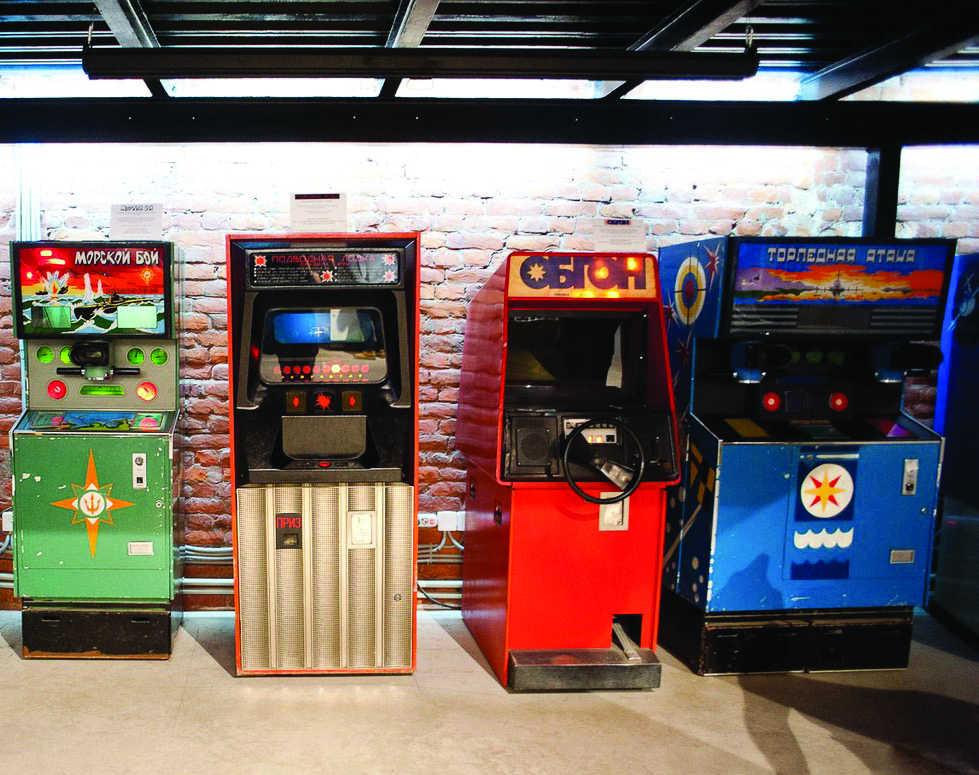
1. Museum of Soviet Slot Machines
Alexander Stakhanov rescued his first arcade machine in 2005. Now he owns dozens in this brightly coloured museum.
2. Bunker 42
This decommissioned nuclear bunker in southeast Moscow pays homage to mid-century atom bomb paranoia.
3. Gastronome No 1
This supermarket, in the famous GUM department store off Red Square, stocks a host of USSR-era food and homeware.

